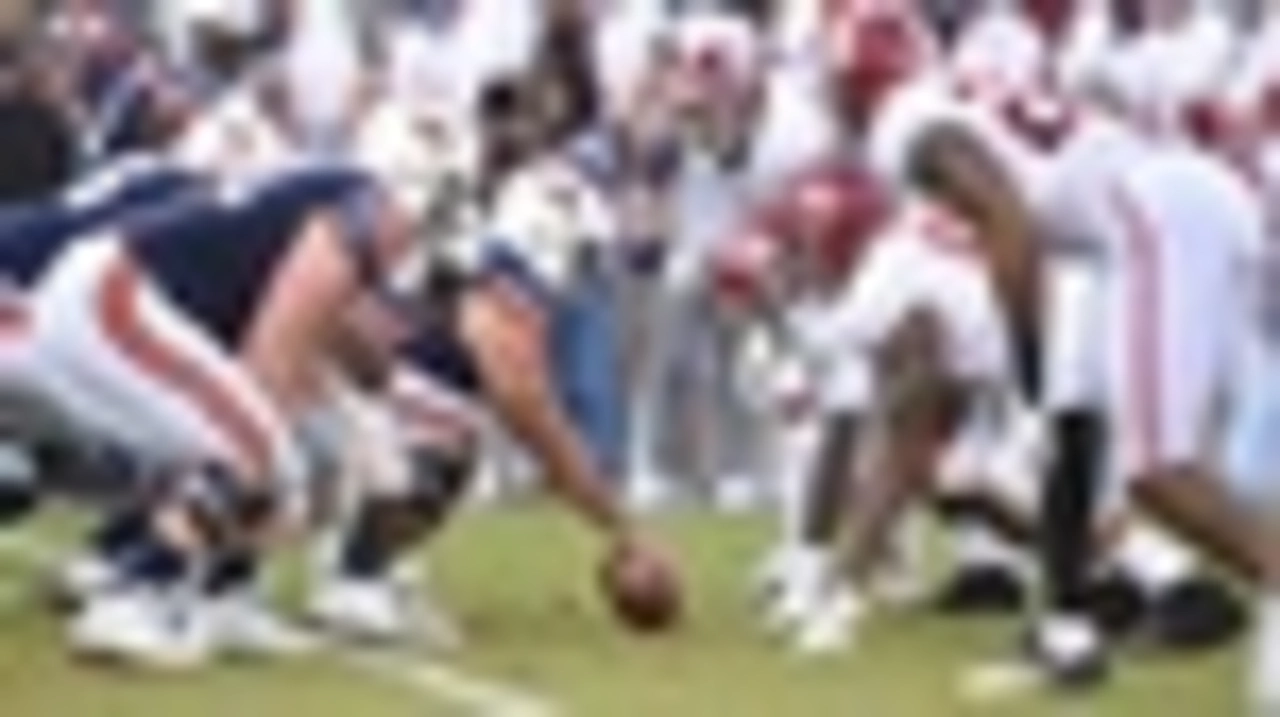Our Methodology for Sports Stories
Ever wonder how a brief post about a golf prize pool or a chat about a college football video game ends up on the site? It all starts with a simple plan. We pick a topic, check the facts, write in a way that feels like a conversation, and then tweak it for search engines. Below is the exact flow we follow so every article is useful and easy to read.
Step 1: Find a Relevant Angle
First we scan the sports world for stories that matter to our readers. Whether it’s Hirving Lozano’s MLS comeback or the record purse at the 2024 PGA Championship, we ask: does this news affect fans in King’s Port? Does it spark a question or debate? If the answer is yes, we lock it in as a candidate.
We also look at our tag list – "methodology" in this case – to see if the story can show how we work. For example, the post about “Which team sports don’t involve a ball?” lets us explain why we compare ice hockey, ultimate frisbee, and roller derby.
Step 2: Verify Facts and Gather Sources
Next comes the research phase. We pull information from official league sites, press releases, and reputable news outlets. Numbers, like Xander Schauffele’s $3.33 million win, get double‑checked against the tournament’s official leaderboard. If a player’s injury is mentioned, we find a medical update or a coach’s quote to back it up.
All sources are saved in a quick‑reference list. This makes it easy to add citations later and prevents us from repeating the same fact without proof.
During this stage we also note any SEO keywords that naturally appear. Words like "MLS", "PGA Championship", and "college football" become part of the on‑page optimization without forcing them.
After the data is solid, we sketch a short outline: intro, main points, and a quick wrap‑up. The outline keeps the article focused and ensures we hit every important detail.
Finally we write. The goal is a tone that sounds like a friend sharing a story over coffee. Short sentences, active voice, and personal pronouns help the reader stay hooked. We avoid jargon unless it’s essential, and we explain any needed terms right away.
Once the draft is ready, we run a quick SEO check. Title tags, meta descriptions, and the first 150 characters get fine‑tuned to include the primary keyword “methodology”. We also add related tags like "sports analysis" and "research methods" to improve discoverability.
The last step is editing. A fresh pair of eyes looks for grammar slip‑ups, redundancy, and any confusing phrasing. We cut filler words, keep each sentence purposeful, and make sure the article flows from one idea to the next.
After a final read‑through, the post goes live. We monitor its performance for a week, noting bounce rates and time on page. If readers drop off early, we revisit the intro or add a sub‑header to break up the text.
This cycle – topic selection, fact‑checking, writing, SEO polishing, and post‑publish review – is the core methodology behind every sports piece on King's Port Public Works. It’s designed to give you reliable info fast, without the fluff you don’t need.
Got a question about how we handle a specific story? Drop a comment and we’ll explain the exact steps we took. Our goal is transparency, so you always know where the words come from and why they matter.

How are college football rankings calculated?
As a college football enthusiast, I've always been curious about how the rankings are calculated. After doing some research, I learned that the rankings are determined by a combination of human polls and computer algorithms. The two main polls are the Associated Press (AP) poll, which is voted on by sports journalists, and the Coaches Poll, voted on by a panel of college football coaches. Meanwhile, the computer algorithms take into account factors like win-loss records, strength of schedule, and opponents' performances. Ultimately, these factors come together to form the rankings we see each week during the season.